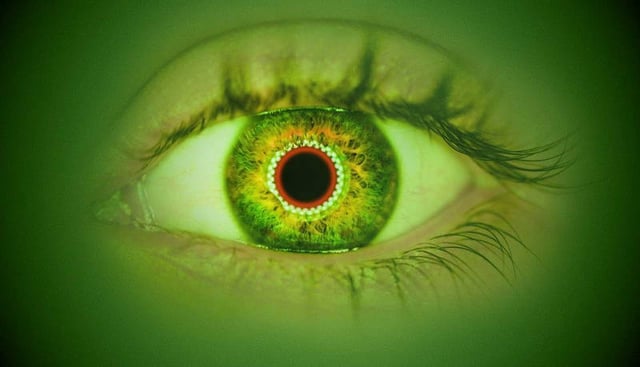Overview
- The lenses, tested successfully in mice and humans, allow wearers to see near-infrared light even with their eyes closed due to its better penetration through eyelids.
- Nanoparticles in the lenses convert infrared wavelengths into visible light, with distinct colors assigned to different infrared wavelengths for enhanced perception.
- The technology currently detects infrared radiation from LED sources, and researchers are working to improve sensitivity to ambient infrared light from other sources.
- Potential applications range from security and anti-counterfeiting to aiding color-blind individuals and enhancing medical imaging for tumor detection.
- The lenses are estimated to cost around $200 per pair, making them relatively affordable for future commercial use.


